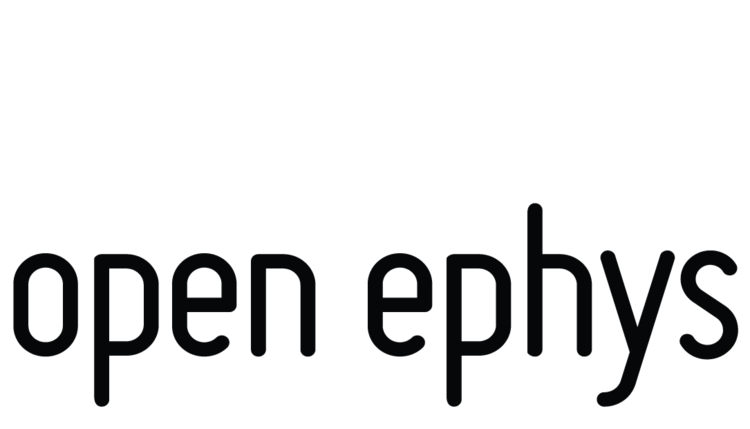Open Ephys at SfN 2018
For those of you going to San Diego this year, here are the opportunities to hear more about what we've been up to lately:
At the Monday afternoon session, Jon Newman will be presenting a poster on a PCIe-based platform for real-time feedback experiments. The specs on this thing are pretty incredible—it's easily the most advanced system for high-density tetrode recordings in freely moving rodents. Furthermore, the design includes a general-purpose API for low-latency data transmission, which will facilitate closed-loop experiments with all types of hardware.
We'd love to hear your thoughts on how this system should evolve. Please fill out this survey, and come talk to us on Monday!
431.24 / LLL59: Open Ephys++: High performance open-source firmware, APIs, and hardware for closed-loop neuroscience experiments
November 5
1 - 5 pm
Poster hall
https://abstractsonline.com/pp8/#!/4649/presentation/24889
On Tuesday evening, we'll be at the Open-Source Technology Social along with a host of other people developing and disseminating open tools for neuroscience.
SS29: Open-Source Technology Social
November 6
6:45 - 8:45 pm
Marriott Marquis - Grand Ballroom 10
https://abstractsonline.com/pp8/#!/4649/session/272
We also recommend checking out this list of posters and presentations about open-source tools compiled by the folks from Open Behavior.
Neuropixels: 384-channel silicon probes for multi-area recordings
This week saw the official public release of Neuropixels, a new type of silicon probe that is poised to have a major impact on the field of electrophysiology. These probes, which were developed by imec in collaboration with scientists at the Allen Institute, HHMI Janelia Research Campus, and UCL, contain more recording sites per shank than any other implantable neural recording device. Their high channel count makes it possible to record from many structures along the length of the probe, while their compact size makes it easy to insert multiple Neuropixels into the brain at once. They have already facilitated experiments that would have seemed like pipe dreams just a few years ago. For example, the Allen Institute is using Neuropixels to simultaneously record spiking activity from 9 nodes in the mouse visual system, including V1, LGN, superior colliculus, pulvinar, and 5 higher visual areas.
We expect that many members of the Open Ephys community will want to use Neuropixels, so we've tried to make it as easy as possible to integrate them into existing workflows. The Open Ephys GUI can stream data from any type of Neuropixels hardware, so you can take advantage of existing GUI plugins or develop your own.
To obtain probes, you’ll have to fill out the form available at neuropixels.org. There’s a minimum order size of 20 probes in 2018, with the first 30 orders filled by lottery. In 2019, imec expects to ship 2,400 probes, with the minimum order quantity reduced to five.
If you'll be at SfN, you can learn more about Neuropixels at the Allen Institute booth or check out one of over a dozen posters that include Neuropixels data.
Until next time,
The Open Ephys Team
